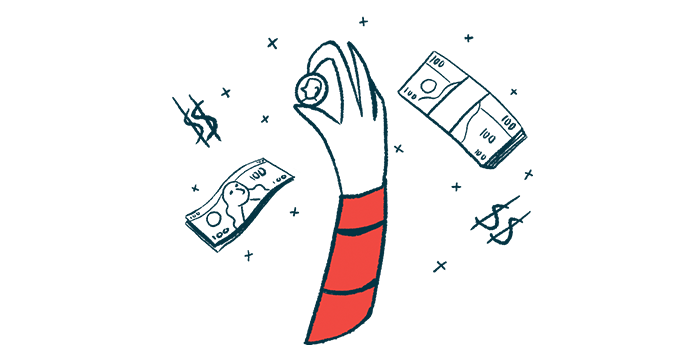Dravet Syndrome Foundation opens Patient Assistance Grant Program
Applicants may receive up to $1,500 annually, lifetime max of $5,000

To help ensure that those with Dravet syndrome receive high-quality care regardless of their financial situation, the Dravet Syndrome Foundation (DSF) again is offering its global Patient Assistance Grant (PAG) Program.
“Medical expenses are high when you have a loved one with Dravet syndrome, and we know everyone in our community needs help at one time or another,” the DSF stated in a foundation press release.
A 2018 study found that direct and indirect costs associated with a Dravet patient posed an annual average financial burden of $106,378.
Dravet syndrome, a rare and severe form of epilepsy, is thought to affect 1 in 20,000 to 40,000 people worldwide. Most cases are caused by mutations in the SCN1A gene, leading to episodes of prolonged epileptic seizures that typically begin in the first year of life. In some cases, seizures may be triggered by fever and warm weather.
Medical equipment, therapy devices can be covered by grant
The 14-year-old PAG program offers grants to people with Dravet or other SCN1A-associated epilepsies worldwide for essential medical equipment, therapy devices, and educational aids not covered by insurance or other assistance programs.
Applicants may receive up to $1,500 annually and a lifetime award maximum of $5,000. The program is open to members of the DSF Family Network, which provides patients and their families with resources and support. Applications will be reviewed in the order they’re received.
The program, starting annually on March 1, closes Dec. 1 or when funds are depleted. Any remaining funds are rolled over to the next year.
Items covered under the PAG program include:
- durable medical equipment such as wheelchairs, orthotics, and cooling vests
- therapy equipment
- communication devices such as an iPad or iPad mini
- costs associated with ketogenic diet implementation.
Applicants interested in other equipment or support, or more than three allowable items, should send a detailed email message to [email protected].
Caregivers, healthcare professionals, or social workers applying for a patient must submit a completed application — incomplete forms expire 60 days after submission — and a recent letter from the child’s physician or healthcare professional explaining their request’s medical necessity.
They also must submit an insurance provider letter of denial regarding requested equipment or service, a copy of a W-2 IRS form or other type of identity verification, and any other documentation related to the grant request. All applicant information is kept confidential.
In the case of healthcare professionals’ applications, the insurance provider letter of denial does not need to be added for the request of a cooling vest, iPad, or seizure monitor, except for the Embrace2 monitor.
Note that the program, which is based on need and is not limited by income, does not cover therapy costs, medical co-pays, respite assistance, or service items.








